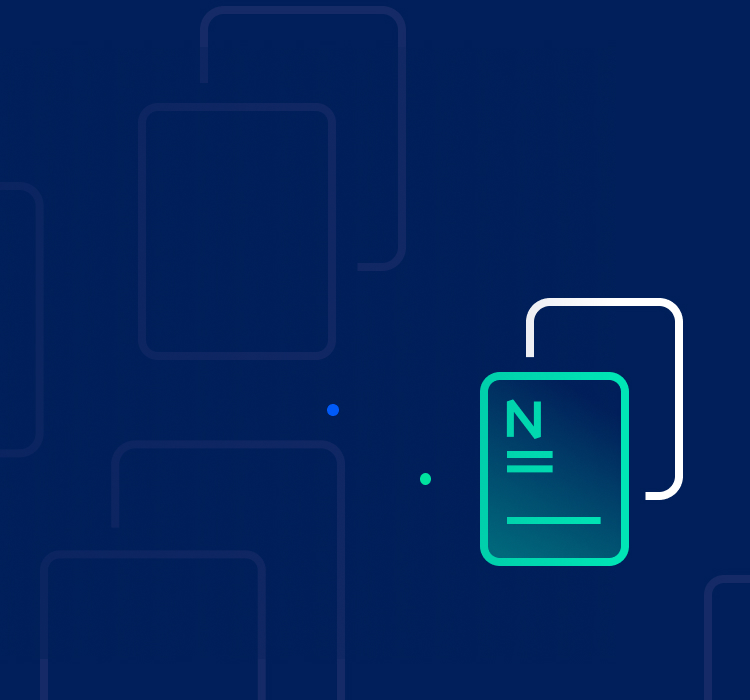Perspective on SAMPL and D3R blind prediction challenges for Physics-Based Free Energy Methods
Solvation and binding thermodynamics of a drug-like molecule is quantified by the respective free energy (FE) change that governs physical properties like log P/log D and binding affinities as well as more complex features such as solubility or permeability. The drug discovery process benefits significantly from reliable predictions of FEs, which are hence a key area for the theoretical and modeling community. Despite the clear physical background rooted in statistical mechanics, the desired accuracy goal is hard to achieve. Current modeling methods still need to be improved in various areas related to the FE problem, such as the quality of force fields and quantum-mechanical approximations, the efficiency of sampling algorithms as well as the robustness of computational workflows. In this context, blind prediction challenges, where participants are tasked with testing their computational methods and workflows on compound property predictions without knowing the experimental data, are excellent testbeds to evaluate and improve the modeling methodology. SAMPL (Statistical Assessment of the Modeling of Proteins and Ligands) and Drug Design Data Resource-Grand Challenges (D3R-GCs) represent widely known initiatives demonstrating how the “blind prediction” concept boosts the development of FE predictions. In this chapter, we summarize the status of recent SAMPL and D3R-GCs from the point of view of long-time participants, with the aim of providing the community with a collection of datasets and references.
Recommended for you
-

 Novel Computational Approach to Guide Impurities Rejection by Crystallization: A Case Study of MRTX849 Impurities
Novel Computational Approach to Guide Impurities Rejection by Crystallization: A Case Study of MRTX849 Impurities -

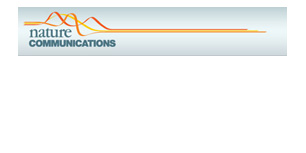 Structural identification of vasodilator binding sites on the SUR2 subunit
Structural identification of vasodilator binding sites on the SUR2 subunit -

 Toward accurate and efficient dynamic computational strategy for heterogeneous catalysis: Temperature-dependent thermodynamics and kinetics for the chemisorbed on-surface CO
Toward accurate and efficient dynamic computational strategy for heterogeneous catalysis: Temperature-dependent thermodynamics and kinetics for the chemisorbed on-surface CO


